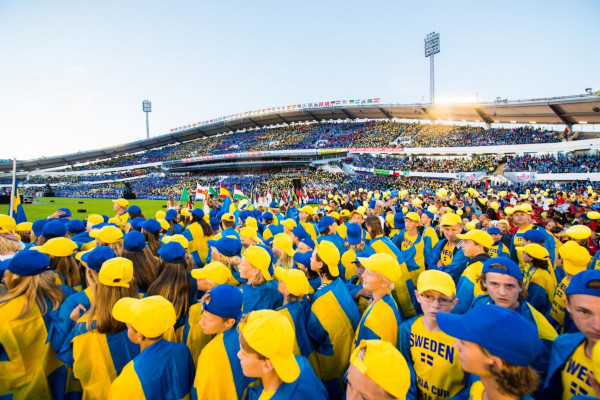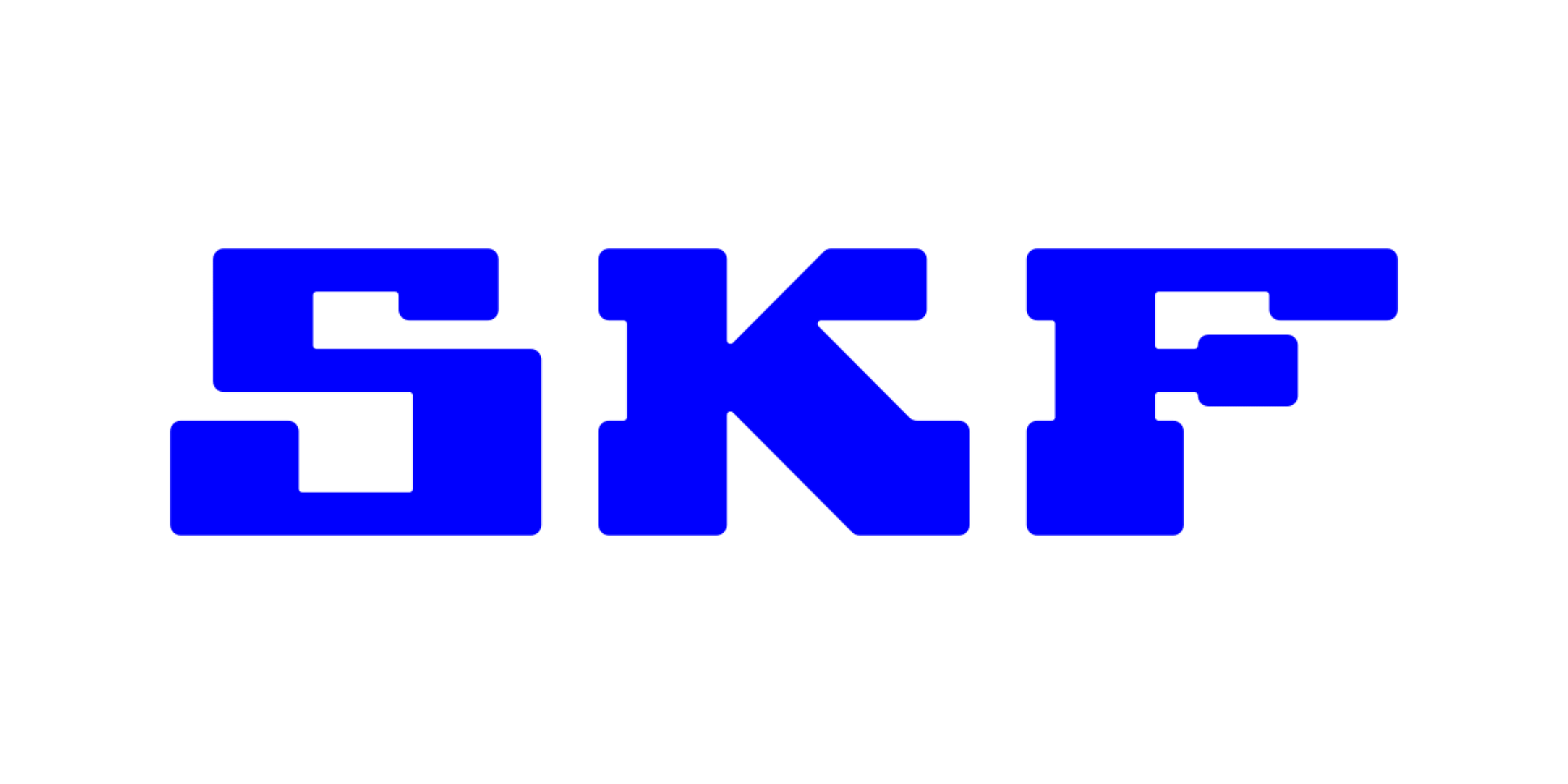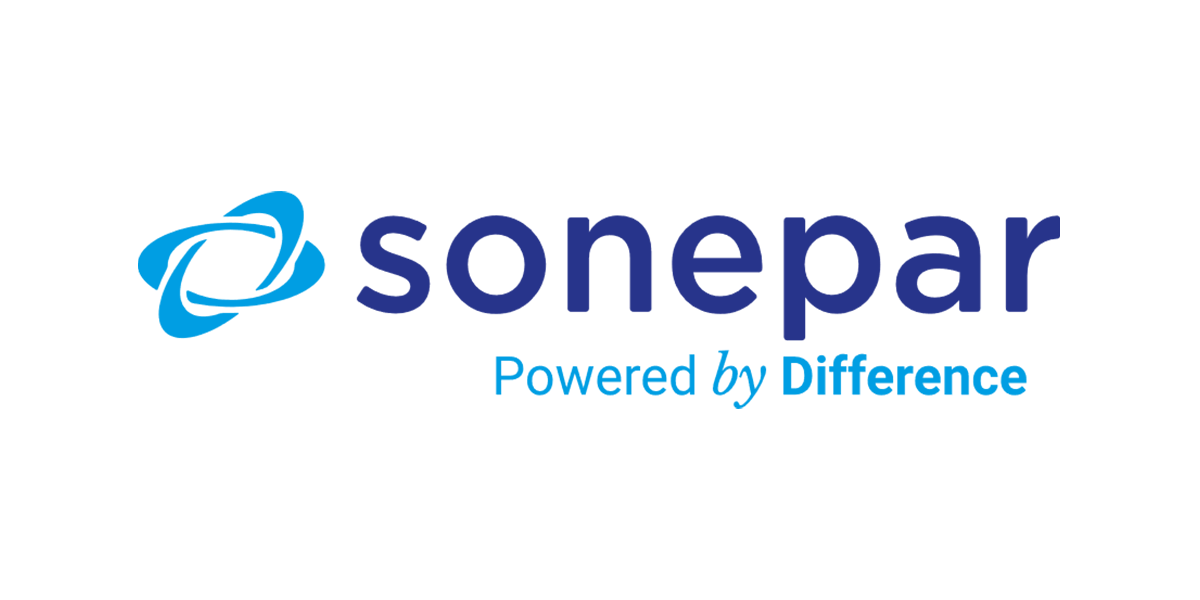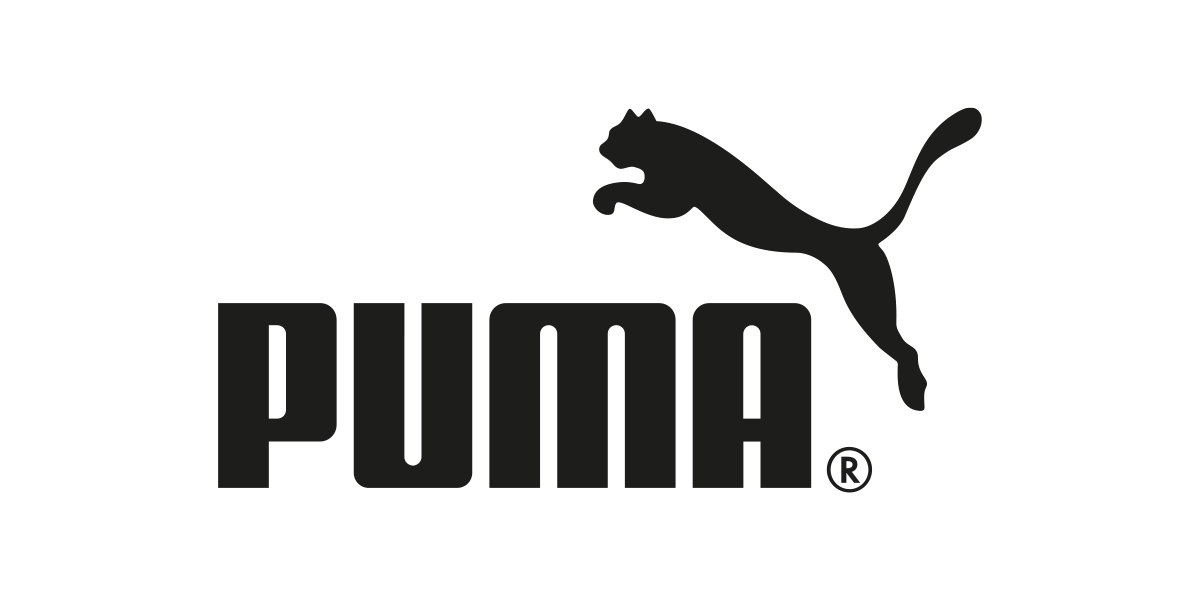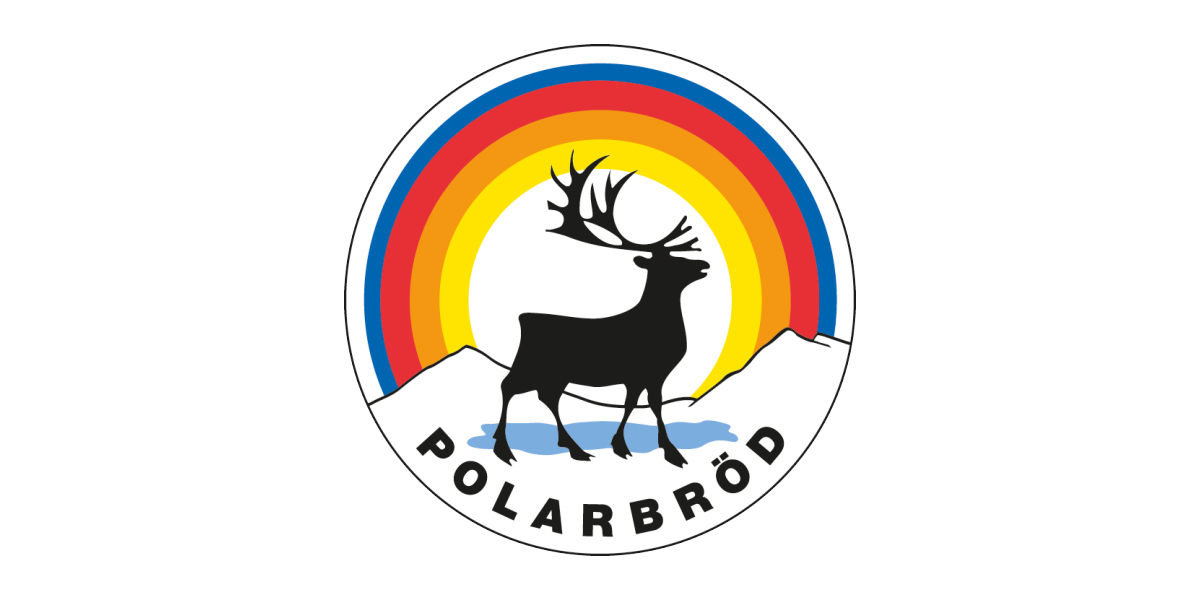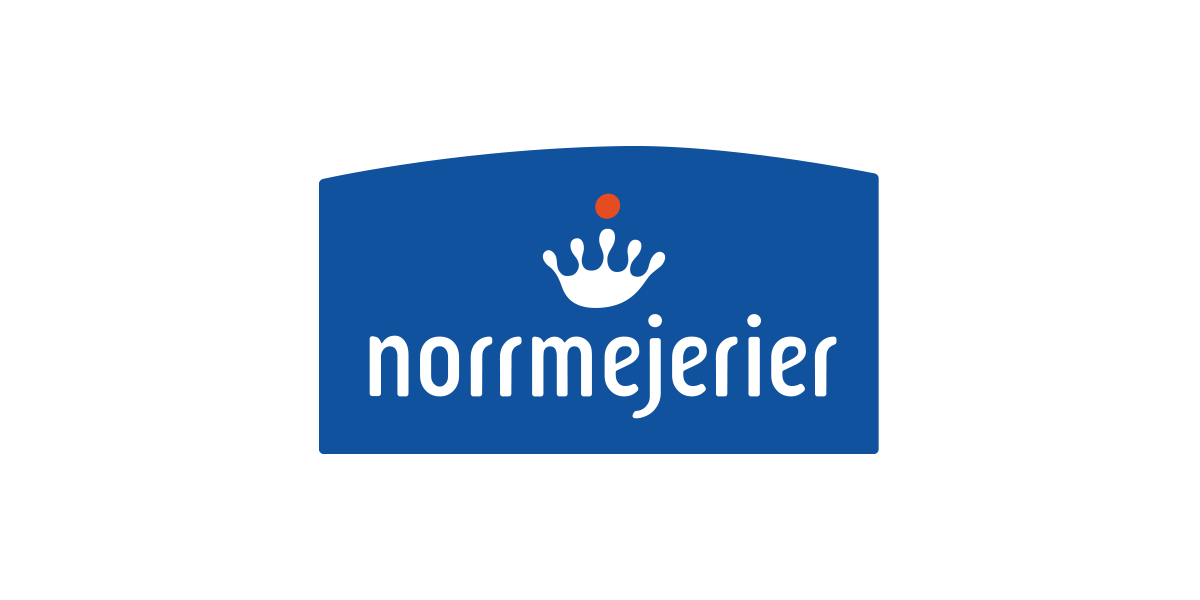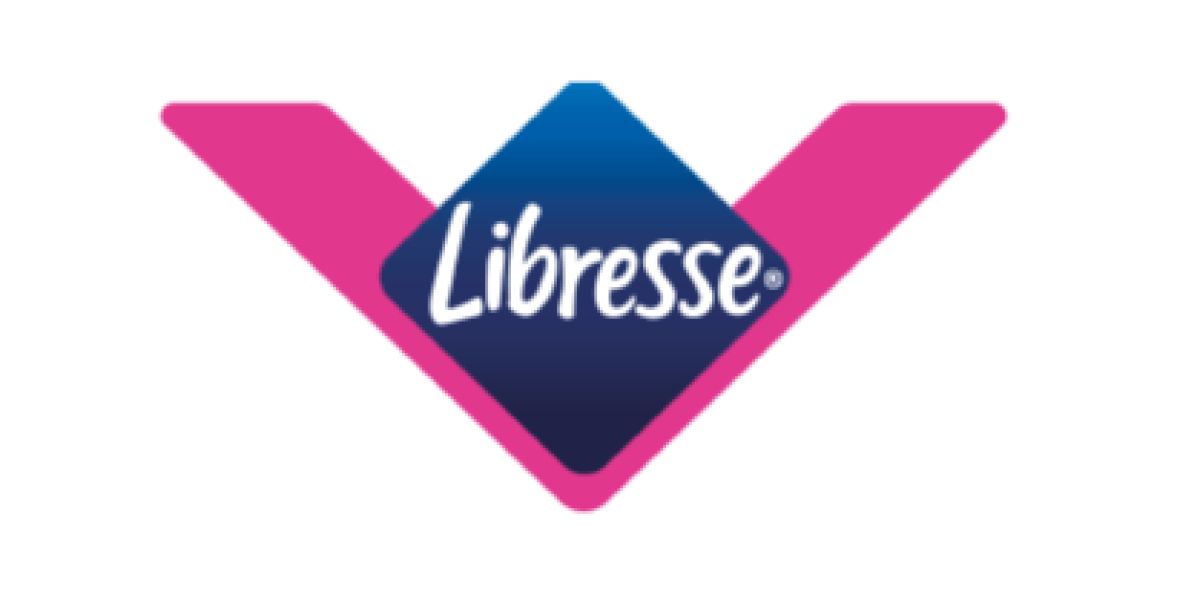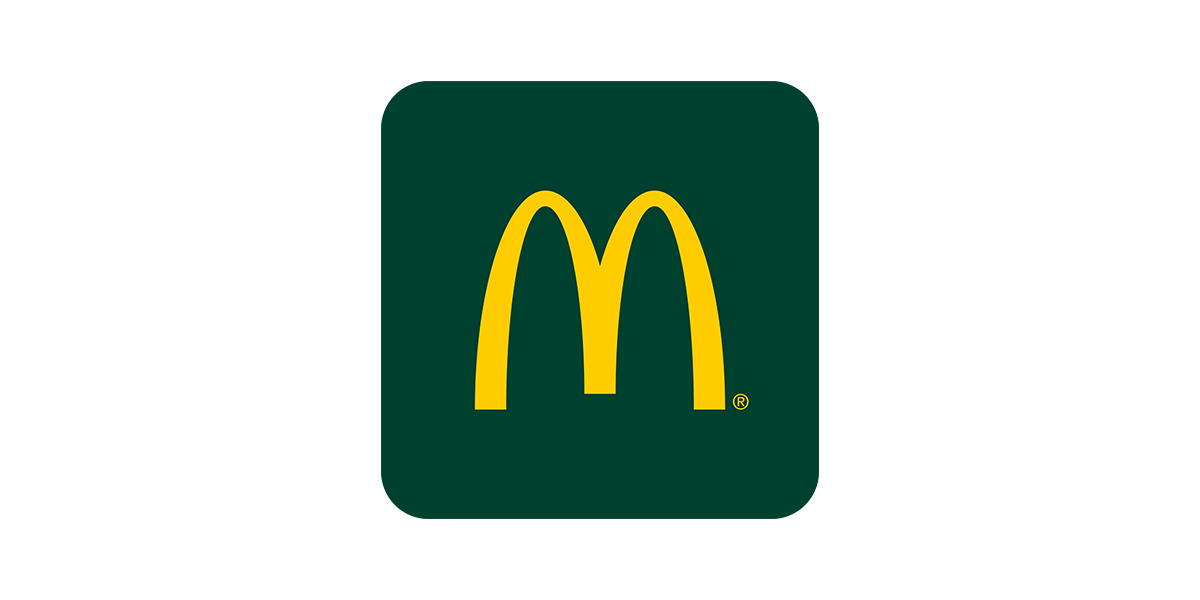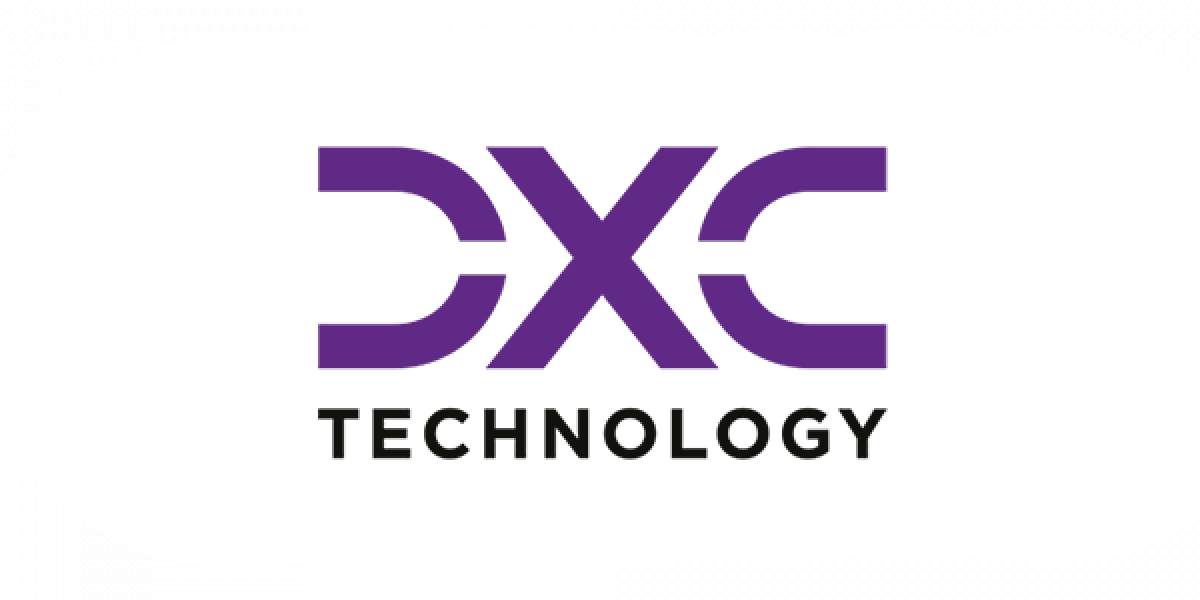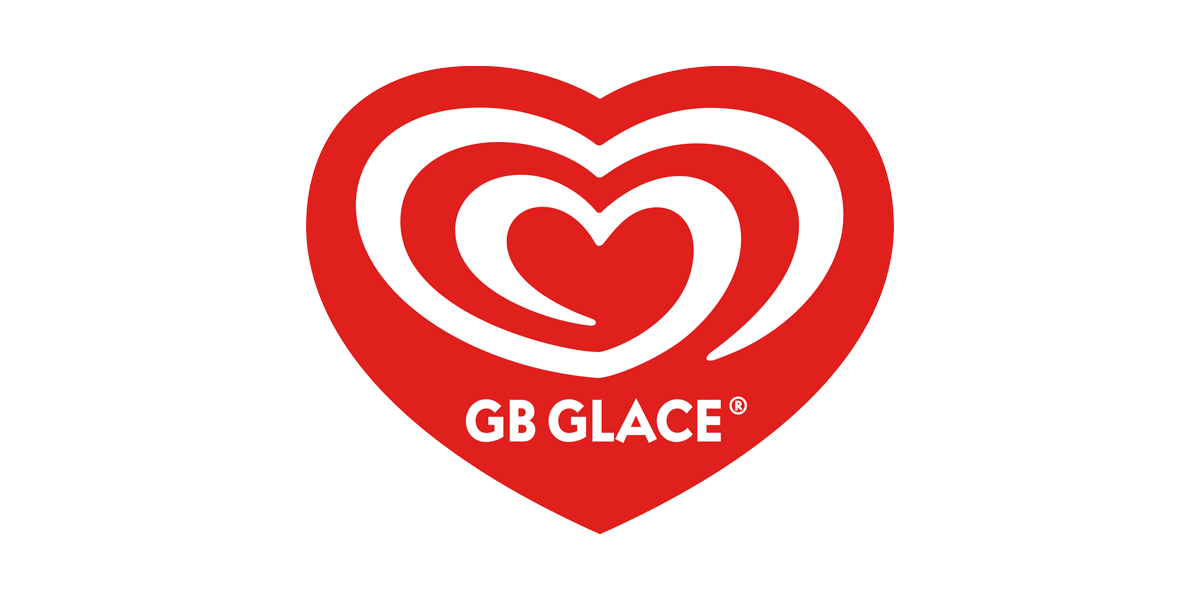Stats 2025
1939
Teams
74
Nations
4905
Matches
119
Pitches
SINCE 1975
Gothia Cup
It’s the teams, and participants from around the world that make the tournament unique. A meeting place for the world’s youth, irrespective of religion, skin color or nationality, with football as the common denominator.
Since 1975
The organization
Over one million players
More than a football tournament
When it all began, no one could have imagined what the Gothia Cup, a small youth tournament, would become. It was 1975, and the concept of a tournament to which teams from abroad would also be invited was not only unique, it would also prove to be extremely successful.
The old, yellowing piece of paper still exists on which we wrote down our vision for the new Gothia Cup. It states: ”The Gothia Cup shall be a meeting place for the young people of the world, regardless of colour, gender or religion.” This was written in 1981 and remains the guiding principle for the organisation to this day.
With more than one million participants from 153 countries and with a name as the world’s biggest youth event, we can justifiably claim that we have succeeded.
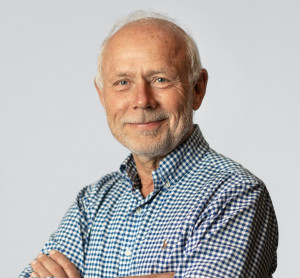
Our history
-
In 2025, the 49th edition of Gothia Cup was held – and the tournament celebrated its 50th anniversary. The interest of participating was bigger than ever before, and registration had to close already in November 2024. A total of 1,939 teams from 74 nations took part and played 4,905 matches during the week.
Games were played on many football fields all around the Gothenburg area. The tournament had teams from all over the world and a great atmosphere both on and off the pitch.
This year’s Hall of Fame award went to Berthold Happe, who has taken part in Gothia Cup for 25 years with his club SG Borken e.V. During these years, he has brought almost 100 teams to the tournament.
-
In 2024, the 48th edition of the Gothia Cup took place and a new record was set. The interest of participating was higher than ever before and registration closed in mid-January. A total of 1911 teams from 72 nations took part. The tournament week started with rain, which meant that 1086 matches had to be moved to new pitches to be played. In total, football was played on 142 pitches. Ziad Saade, who has brought more than 200 teams here for over 20 years was elected to the Gothia Cup Hall of Fame.
-
In 2023, the 47th edition of the Gothia Cup took place. It became clear that after the years of the pandemic, restrictions had begun to ease and that interest in travelling was growing. A total of 1,874 teams from 69 nations participated, which led to a new record in number of participating teams. Inaki Egues from Spain was elected to the Gothia Cup Hall of Fame.
-
In 2022, the 46th edition of the Gothia Cup took place, this year's tournament was a powerful return after the Corona pandemic with an almost full Ullevi Stadium at the Opening Ceremony and record attendance at the finals. During the tournament, we experienced a real heat wave, which meant that the Gothia Cup had to introduce cooling breaks during the matches for the first time. During the Gothia Leaders Party, Ludvik Arnarson, Iceland and Barry Walmsley, USA were elected to the Gothia Cup Hall of Fame.
-
For a second consecutive year Gothia Cup is forced to cancel due to the Covid-19 pandemic.
-
For the first time since 1975 the tournament had to be cancelled due to the Corona pandemic.
-
At the 45th edition of Gothia Cup a new record for scored goals were set, a total of 20358 goals and 4,7 goals per match. 1868 teams from 75 nations played matches at 104 pitches. This year, all the finals were played on the Saturday and 21819 spectators saw the finals live at Gamla Ullevi and SKF Arena, even more people saw the finals via our livestream. Andreas Kolland from KFV Segeberg, Germany was elected to Gothia Cup Hall of Fame.
-
In 2018 Gothia Cup expanded to Alingsås, a town north of Gothenburg also knows as the café town. Participants were both accommodated and played matches here. 1731 teams from 78 nations participated, Jamaica and Iran for the first time. Two new members were elected to Gothia Cup Hall of Fame, Dante Mondriotti, AD Cantalao, Peru and Juan Llandrich Canlas, CE Sant Gabriel, Spain.
-
The opening ceremony at Ullevi Stadium was an amazing experience for the 50800 spectators that ended with a spectacular fire work. At Heden Center, we have breaking a new record of spectators throughout the week. We have never seen so many visitors in our 43 years of history at Heden Center. During the week, we have provided live streamed games for free on our website. This new concept has been very popular. A total number of 820000 unique people have been watching the matches via our website. The total number of views during the week reach a number of 2100000. During Tuesday 240000 meatballs were eaten by our participants. Leonardo Mascarenhas, agent in Brazil and Christian Pornin, France were elected to the Hall of Fame.
-
Gothia Cup breaks a new record with 80 participating nations. New nations was Botswana and Bahrain. “Celebrate the game”, a campaign we ran for fair play both on and off the pitch in terms of both supporter control and players, turned out well. The fact that the number of red and yellow cards went down 50% is proof of that. We will also remember the wonderful sound and echo of the crowds during the opening ceremony when the Icelandic team shouted out “volcano” at Ullevi. Two new members were elected into the Gothia Cup Hall of Fame, Hans-Walter Eiteljörge, SC Borgfeld e.V, Germany and Hugo Petrella, CEF 18 Tucuman, Argentina.
-
For the first time in Gothia Cups history, we reach over 1700 teams, specifically 1754 teams from 74 nations. From its inception in 1975 until today we’ve had over one million participants. The millionth participant was Trinity Cooper from the team Bay Oaks Bombers from Oakland, USA. A new app for the players was introduced, which allows you to create your own football profile and playing skills. These “skills” can then be tested in the tents at Heden. The app was downloaded by 12500 people. Two new members were elected into the Gothia Cup Hall of Fame, Adhemar Rocha Filho, agent in Brazil and Jim Hackett, agent in England.
-
The 40th anniversary became a fantastic tournament with new record when 1650 teams from 73 nations took part. The World Cup in Brazil ended just as the World Youth Cup in Gothenburg kicked off. For the first time our live coverage of the matches included live video when we streamed all the matches from 30 pitches. The Gothia Heden Center was expanded with a new area hosting among other things the Taste the World food court. The Gothia Arena at Heden was back, this time under the name SKF Arena and once again was a fantastic place to see football from all corners of the world. During 40 years we have together and made the Gothia Cup an international event and we look forward to keep building and developing the tournament together for many more successful years. Danny Beamer, Roanoke Stars, USA, Rolf Eggenberger and Mischa Kasics, FC Neumünster Zürich, Switzerland and Ronaldo Aguilera, Tahuichi, Bolivia were elected new members of the Gothia Cup Hall of Fame.
-
“It has been a fantastic week”, says the Gothia Cup general secretary Dennis Andersson. After 34 years he knows what he is talking about. “Of course the weather has a big role to play but it also takes that the players, leaders and staff makes an extra effort. Something they really did this week”. Dennis Andersson also talks about the big success with the new Gothia Arena at Heden, he points out that is has been a big part of the success. “Some of the group stage matches had over 10000 spectators. Amazing numbers if you think about it”. In total over 4000 matches where played and over 20000 goals where scored. And not a single drop of water fell from the sky. ”I can't remember a more calm and better organized tournament” says the tournament director Lena Rönnefors who wants to give an extra thank you to all the staff members. “Without you it could never have been a tournament like this”. Two new members of the Gothia Cup Hall of Fame were elected, Sven-Erik Jensen, agent from Denmark and Byron Maldonado, La Academia FC, Guatemala.
-
78 nations participated in this year’s Gothia Cup and the fact that the world gather here this week was very clear when we met at the Liseberg Amusement Park to break record by having most nations in one ride. It was a great atmosphere and there was great joy when the big Ferris wheel spun and inspectors from the Guinness Book of Records could establish a new record. Never before have so many loved ones around the world been able to follow their team’s performance in the tournament as good as this year. In total, there were over 1.4 million unique visitors who followed the tournament on our results pages. A staggering number and we can truly say that our new app, and live reporting has been a success. We also broke a record in number of visitors at the opening ceremony, 46661 people were there and we got for the first time to have the audience on the inner field. It gave a wonderful display of colour and participation at the ceremony. The most applauded was 12-year-old Rebecka, from Eskilsminne IF who sang a tribute song to all the leaders about the effort they make to give their players the opportunity to play football and be able to go on a tournament like Gothia Cup. The ceremony ended in an atmospheric sea of flags and fireworks from the roof of Ullevi. Ed Puskarich, Stars n' Stripes, USA and Karl Otto Lie, agent in Noway were elected as new members in the Hall of Fame.
-
A new nation record was set with 70 participating nations. Former player for the Swedish national team, Kim Källstrom is involved in starting up a class for youths with intellectual disabilities in Kim Källstrom Trophy. A total of 20 teams participating, half from Sweden and half from the rest of Europe. Sweden women’s national football takes the bronze medal in the World Cup in Germany. It was celebrated with the team’s victory dance at the Gothia Opening Ceremony. A packed Ullevi did enjoy a great show that ended with specially written song “Marching for love”. Most audience was drawn by Cruzeiro from Brazil, when the team played around 4000 spectators where watching. Cruzeiro also won the final in B16. Two new members were elected to the Gothia Cup Hall of Fame, Rinaldo Cometti, agent in Italy, and posthumously Lars Samuelsson, Torna Hällestad, who left us last October after a brief illness. The tragedy in our sister country Norway at the end of the week gets us all to come together in a moment of silence during the finals where the Gothia Cup family stands united against evil and atrocities.
-
2010 will be remembered as the year when the mix of teams was perfect. More than 50 % of the teams came from abroad and 71 nations participated. New nations were Syria, Laos and Indonesia. Iceland and Brazil participated with more than 45 teams each and were among the five nations representing the biggest number of teams in the cup. India wasn’t far behind with 35 teams. The Canadian team with the Cree Indian players from Sachachewa attracted attention. Led by their chief they entertained with dancing and they invited for a snack in their Tipi, but not least they played football. A really colourful contribution to this year’s Gothia Cup. Nya Ullevi was full on Monday evening when the opening ceremony took place. The “claps” that everybody in the audience was given, might have been the success of the year. The sound was ear-splitting when the master of ceremonies made everybody clap rhythmically while USA entered the arena. This was followed by a colourful flag waving accompanied by the song “Waving flag”. Gothia Heden Center offered this year more activities for the participants, both cage-football and sumo-wrestling were available to try out. But most appreciated must have been the big laundry facility. While the laundry was being washed, one was offered both massage and an espresso. Mamuka Kvaratskhelia, Vake-Wit, Georgia and Boriss Dugan, FC Ajax, Estonia were elected as new members of Gothia Cup Hall of Fame.
-
This year’s tournament offered great weather and many spectators. The Iraqi team Al-Madina had great audience, so many that they could make any pro-team jealous. Iraq had not had the chance to participate in Gothia Cup for the past 29 years so they were really missed. In addition, they met in their first match team Roanoke Stars from USA, both teams showed that Gothia Cup is about brotherhood and not adults political views. FC Brazzaville from Gothia Cup’s and Swedish Missionary church’s football school in Kongo got a pretty unique experience, thanks to the help of a sponsor they got the opportunity to participate. They played well and advanced to A-play off where it all ended. But above all, they took home some amazing experiences to share with their family and friends at the football school. Two new members were chosen to be part of the honorable Gothia Cup Hall of Fame, Dante Mandriotti, AD Cantolao from Perú and Patricia Espinosa, agent from México. Something to remember was during the opening ceremony when 46000 people played ”human” Guitar Hero. The feeling for rhythm and timing you all showed must have been something unique. It also felt great to enter our new finals arena, Gamla Ullevi, this arena really offers you the feeling of a pro-game. On top of that, the Swedish sports channel Viasat broadcasted the finals the same way they do with Champions League. Well, Gothia is actually the World Youth Cup so the attention is really deserved. Gothia Cup in collaboration with the Swedish Elite Football Association (SEF) arranged this year an invitational tournament for boys 17 years old. 24 teams from elite clubs participated. Half of the teams from Sweden and the rest from Europe, Brazil and México. This age category got a great deal of attention from the media and the matches were tough and even. The final was disputed between English Wolverhampton Wanderers and Brazilian Cruzeiro EC.
-
Three years in a row Göteborg is on the top of the Swedish ranking of the nations premier sport cities. It is the Swedish magazine Sport & Affärer that has made the ranking and Göteborg is the winner based on its long term strategy for events and a great collaboration with the industry. Gothia Cup, its delegates and visitors are a major part of this distinction. This is the year we got the audience back at Heden. It hasn’t been like this since Tauchichi’s brilliant days. Most of the attention was directed to the B16 class with many exciting teams from Mexico, Brazil, Uganda and Zambia. Cruzeiro EC (B16) from Brazil and Liberty Professionals (B18) were perhaps the most popular. This tournament were heaven for talent scouts. Something magic happens at Heden when the fields and surroundings are teeming with activity, this is what Gothia Cup is all about. The entire week we were able to follow these groups with excitement and the results could be witnessed at the finals, were big crowds gathered to see them. Over 20000 spectators saw the final duell between IF Elfsborg and Liberty Professionals in the B18 class. FIFA granted Gothia Cup the permission to be called ”The World Youth Cup”, this is very important for the marketing and also strengthens the position of our tournament in the event industry. This expression is now registered as a Trade mark for the tournament. Three new members of the Gothia Cup Hall of Fame were elected, Paulo Mascarenhas, agent in Brazil, Csaba Somfai, Kölcsey F Gimnasium, Hungary and Gerhard Becker, Friesen Hänigsen, Germany.
-
This was the year when we began the gradual transition to Astroturf when eleven new pitches were taken into use. This led to broking the record of number of participants when 1551 teams from 59 nations participated. We also introduced two schools in Kungsbacka for accommodation. Weather wise the Gothia Cup-week was the only week in July without rain. Before the tournament it came enormous amounts of rain and games on more than 20 pitches had to be moved on Monday, that otherwise was sunny. Number of matches that had to be moved decreased for every day that went by. More than 50000 people visited the opening ceremony that for the first time had "commercials" on the program when the main partner SKF had their own number. The Gothia Hall of Fame was introduced, and the distinction will go to leaders that have made an extraordinary contribution for the club in connection with Gothia Cup and also on the home ground. Elected this year were José Guimares, Pequeninos Do Jockey, Brazil, Anders Wendel, Råå IF, Sweden and Tomas Lozano, Makati FC, Philippines. At Heden we introduced two new pitches with Astroturf and the record attendance was beaten every day. SKF had their own pitch were teams that had won the “Meet the World”-tournaments played. Gothia Cup and SKF organized 20 tournaments in different countries and the winners were invited to Gothia Cup.
-
Maybe it is a fact that never ever before, anywhere on our earth, so many young people from different nation, has gathered in one and same place as during Gothia Cup. According to the commission of inquiry of the tourism about 50000 people visited Gothenburg during this one week in connection with the Gothia Cup. The turn over of those people totalled a quarter million Swedish Kronor that gave approx. 100 million Swedish Kronor in tax revenue. Gothia Cup is being nominated to Sweden’s, for the state, most important event. Close to 1500 teams (for the third year in a row) from 62 nations (record number) met in 4500 matches. In splendid sun and without having one match moved, also this is a record. The opening ceremony had gone through some logistical changes when 7000 seats weren’t accessible because of the preparations for the approaching European Athletic Championship. The solution had to be to place the same number of persons on the field instead. This solution was fairly satisfactory, but nothing that we will apply again. The Leaders Party was carried out for the first time totally under personal management and the result was, without comparisons, the best so far. In total 3000 (normally 2300) guests showed up and this caused us slight problems but that could be solved in a perfect way.
-
The tournament this year offered lots of news. Gothia Disco had a name change to Club Gothia and a new venue, every evening it was possible to welcome over 4000 guests to the E-hall in Svenska Mässan (Swedish Fair Centre) without nobody needing to queue. Further Gothia Player's Corner was inaugurated. A meeting place for all participants in ‘track suit’. The Star Bowling at Friggagatan had been rented for the whole week for this purpose. Approx. 1500 players amused themselves every afternoon and evening. Liseberg finally introduced Gothia Super Ride Pass. For the amount of 350 SEK the participants had free rides during the whole week, that was very appreciated. The record audience around Heden could enjoy the incredibly strong B16 category where great teams beat other great teams time after another. Even the girl category G15 offered a lot of great football playing. The opening ceremony beat the former record in number of audience with 45120 spectators. The audience was given a two hour long show that will be remembered for a long time ahead. Best ever, was the most common opinion.
-
After Gothia Cup 2003 general secretary Dennis Andersson explained that the tournament will not be expanded with more teams for the 30th anniversary in 2004. It is simply not possible. This year, 200 additional teams to the sum from last year. “It is crazy. I was wrong - but we made it anyway!". It is a calm and relaxed Dennis Andersson who sits at the spectator seats at the New Ullevi stadium to watch the final between Malmö FF and the American team Central Marin United. At last he has time to see some football himself. “I have never seen as little football as I have this year”. 1576 teams from 57 nations have participated in this summer’s Gothia Cup, a number that is increasing all the time. “I am actually impressed every year. All pieces come together and everything works out fine, all the information that goes out to the staff and all important decisions that have to be taken. We are good at it, it is simple as that”, says Dennis Andersson. The only thing he is not really pleased with during this years Gothia cup is the B19 final, which ended in a fight, ”But it will not, and is not going to affect the Cup in a bad way. Not for the staff, nor for the participants.". It was after all one single occurrence among all 4000 matches played. ”Guest of honor” this year was the manager of England, Sven-Göran Ericsson who entered the stage of the opening ceremony in front of an enthusiastic crowd. Svennis was not alone, he brought a team – The Peace Team – that was half Israeli and half Palestinian players. The interest from media was huge fir two reasons, Svennis was here and it was the first time a mixed team like this participated in an international tournament.
-
Gothia Cup 2003 was above all expectations in number of participating teams. At the end 100 teams more than previous year came to take part in the tournament. This was not only a pleasant result, a tournament that already had reached the maximum limits – could it possibly grow any further? But after tough consideration it was finally decided to accept the new number of teams and as a consequence open a new Gothia Cup centre. This time in Kungsbacka where eleven excellent grass fields, just about one kilometer outside the city centre, were accessible. Just like in the year before the summer started a few days before Gothia Cup. During the tournament the sky was blue and there was a heat record. On Thursday afternoon the weather culminated in a thunderstorm. The final of the week then offered warm, but changeable weather.
-
In 2002 the number of participating teams keeps on reaching our maximum. The 1217 teams is again a new record and you should also keep in mind that we had to say no to almost 100 teams. The tournament was influenced by the instability caused by the attack on New York on September 11th and the number of teams from USA decreased 50% from 2001. After intense marketing these teams where “replaced” by teams from Germany, Iceland, France and England. The percentage of foreign teams was kept on the same level as the past years. Gothia Opening Ceremony was watched by more then 42000 spectators. With a new production team and new masters of ceremonies the show was given the highest rating ever from our participants (4.71 where the maximum is 5.0). We had marvellous weather with a lot of sun. The favourites of the spectators during this year’s finals were without any doubt the team from Uganda winning the B13 category. Some future stars where born.
-
2001, again the number of participating teams reached the highest number ever – 1184 teams from 60 countries. Countries who participated for the first time was Burkina Faso, Fiji, Tanzania and Zimbabwe. Games were played on 67 pitches around Gothenburg. Brommapojkarna IF from Stockholm, Sweden, where best club reaching no less then three finals. Our own football school in Burkina Faso is here to play and they showed a colorful (more than skillful) way of playing. Maybe the most attractive performance during this year. Gothia Cup Leaders’ Café is opened for the first time. A well deserved place for leaders to meet other leaders at.
-
In the year of 2000, the new Gothia Heden Center is opened. An activity center of 7000 square meters visited by more than 300000 persons during the Gothia Cup week. The opening ceremony got a new format and was watched by 39100 persons. The leaders party was arranged for the 3rd time at Scandinavium and got a lot of credit. The matches are played more fairly and with more sportsmanship then ever before. Only two protests are registered from the 3140 matches. 1173 teams from 48 countries participated. Finally – after numerous losses in finals and semifinals it’s time for Bordeaux to lift the cup. “A dream has come true”, the Bordeaux leader Philippe Ozuna cries out.
-
The tournament of 1999 was to be characterized by revenge, something we all agreed on already at an early stage. After the last year that totally rained away it was high priority to carry out the event perfectly. In addition to this the tournament celebrated the 25th anniversary, and this of course increased the motivation to do something really particular. But as usual it depends on the weather. At Wednesday noon Gothenburg was reached by several heavy rainfalls. First later in the evening the weather was clearing up and it was to establish the fact that a majority of the pitches would not be useable on Thursday. Among others Kviberg was affected. In total approx. 700 matches had to be moved. Not even worth mentioning if comparing with 1500 the year before.
-
1998 came to be known as the “the rainy cup”, with 1500 matches being moved because of waterlogged pitches. But somehow, it all seemed to work anyway. The opening ceremony at Ullevi, with a crowd of 35000, was a great success – as was the showing of the World Cup Final on the giant screen at Scandinavium. 500 French youths were the happiest among 13000 spectators, as their team won over Brazil. On the pitch, the 14 year-old boys from the Lone Star club in Liberia were the real stars – especially their leading goalscorer Dulee Jonson, who scored the winning 3-2 goal (his 24th of the competition) in the final against FC Copenhagen from Denmark. The oldest boys’ class was won by Gothenburg club, Frölunda, who were certainly much happier than the 16 year-old Cypriot boys from FC Appollon, who, after losing their quarter-final against the Swedes from Nyköping, chased the referee from the field.
-
The 1997 Gothia Cup welcomed several new nations, mostly from Africa and the former communist bloc countries, and could boast a new record with 1158 teams from 52 countries. General secretary Dennis Andersson, tired but happy, was of the opinion that this was probably near the maximum. His greatest satisfaction this year was the gigantic opening ceremony, and his greatest disappointment was the non-appearance of the best footballer in the world George Weah, who had promised to be a guest. His own club, BK Häcken managed another class win, with the 14 year-old boys beating Ifaistos from Athens, Greece 7-0 in the final. Tahuichi won the 16 year old boys’ class, beating AFIS Argentina 2-0 in their final.
-
In 1996, the organizers had to consider setting limits for the numbers of teams in the competition, as both accommodation and pitches were full to overflowing. Still there was a new record set, with 1133 teams from 46 nations. The centre of the world became Heden, with its’ two artificial grass pitches, and the carnival atmosphere which surrounded the place all week. Sweden won two classes this year – Brommapojkarna against East Bengal from India in Class C, and IFK Skoghalls’ 19 year-old girls against fellow Swedes Jitex. Tahuichi came back to defend their trophy.
-
An intense international marketing campaign bore fruit in 1995, attracting the sensational number of 1094 teams from 48 countries. Kviberg had now been extended to include 20 grass pitches. A large part of Heden had been taken over in preparation for the forthcoming World Athletics Championships, but the Gothia Cup could take advantage of this by using the Athletes Village for footballers’ accommodation. The tournament became historic in a way for the organizing club, BK Häcken, who, after 21 years of trying, finally managed to take a Gothia Cup victory in the 12 year-old boys’ class, beating Lechia Gdansk from Poland 2-1 in the final. Bolivian Tahuichi won again.
-
The 20th Gothia Cup in 1994 will long be remembered for the fantastic opening ceremony which turned into one of the biggest parties of all time. 35000 spectators were there to welcome not only all the Gothia Cup teams from all over the world, but also Sweden’s Bronze Medal heroes from the World Cup in USA. This was the first year the Gothia Carnival was arranged in the city, and a new era was embarked upon with the opening of seven new grass playing-fields at Kviberg. Favourites Tahuichi from Bolivia fell 2-0 in their semi-final against the Gothenburg club Frölunda, who went on to lose the final against Monterrey from Mexico by the same score. Otherwise, this was Argentina’s tournament, with six teams in the finals, of which they won four.
-
Because of rebuilding at the Ullevi Stadium, in preparation for the World Athletics Championships, both the 1993 opening ceremony and the finals had to be moved to the smaller Old Ullevi Stadium, a prospect which made the Gothia Cup organisers rather nervous. They didn't have to be. The opening ceremony was a colourful success with 25000 spectators, and the finals drew nearly as many to the cosy little arena. 810 teams from 44 countries came to Gothenburg, with Tahuichi regaining their accustomed place as gold medallists. The charming little Peruvian boys from Cantalao also established themselves as Gothia Cup “greats” with their 5th cup victory.
-
Nigeria played a big part in the 1992 Gothia Cup. They charmed the Gothenburg public with their between-games dancing and their brilliant play. The Mowoe Babes and the Ugbowo Bombers (who beat Tahuichi in their semifinal) both won the Gothia Cup in their classes, with Rivers United narrowly losing on penalties to CSSA Pitest from Rumania in the class for the oldest boys. 51 nations were represented this year, with 745 teams. Alongside the Nigerians, the most impressive were Thamrong Thai, a school team of 14 year-olds from Thailand, who won their class with a goal difference of 52-1. The German boys from Borgfeld just outside Bremen are worth a special mention, they rode their bicycles all the way to the Gothia Cup.
-
The 1991 Gothia Cup looked like falling into the shadow of the Gulf War, with 130 teams, mostly from the American continent, withdrawing early. But half of them were persuaded that Sweden lay at quite a safe distance from the Middle East, and decided to come anyway, making a total of 912 teams from 39 countries. The finals at the Ullevi Stadium drew 21275 spectators, who saw a new star born in the 12-year old boys’ final between Alingsås (a small town north of Gothenburg) and Bohemians Prag of Czechoslovakia. Benjamin Farfa, with roots in Gambia, was a reserve on the Alingsås bench, with the team trailing by 2-1. Called in to save the day, he did just that, scoring 2-2, 3-2, 4-2 and even 5-2 in quick succession. The Czechs had no answer to this and finally went down 6-3.
-
The Gothia Cup just keeps on growing, with the 1990 tournament hosting 940 teams, including for the first time, clubs from both East and West Germany. Tahuichi came and conquered once again, making it their 25th international cup victory in 30 attempts. Perhaps the real stars were Bangla FC, an unknown school team from Bangladesh, who went all the way to the final in Class D, winning 6-0 against Pequeninos from Brazil. The most successful club was undoubtedly Frölunda from Gothenburg whose seven participating teams all won their groups. General secretary, Dennis Andersson had difficulty remaining impartial as his daughter Jennie hit the winning penalty for her team Kärra in the final for 14 year-old girls.
-
The 1989 Gothia Cup was dubbed the “sunshine tournament", with beautiful weather the whole week for the 810 teams from 38 countries. A new stand for 5000 spectators was built at Heden, and at Ullevi Stadium, 23000 people gathered to watch the finals, making it the 3rd biggest sporting event in Sweden that year. For the first time, Tahuichi from Bolivia didn’t manage to win the Gothia Cup. Although they reached the final in fine style, they went down to Hajduk Split from Yugoslavia.
-
In 1988, 754 teams took part in the Gothia Cup, which also saw the welcome return of Tahuichi from Bolivia. But perhaps the biggest development was on the entertainment side, with the arrangers taking over the city’s big exhibition hall for the week and creating the very popular Gothia Disco, which attracted 6000 youngsters every evening. This year’s tournament also presented the first ever Gothia Cup match between the Soviet Union and USA. The leader from Soviet had entered their team in the wrong class and were a size too small for the Americans, but the press had a field day. They also reported on a bad-tempered match between an Italian team and a Norwegian side, which ended with the two teams spending the evening together, grilling sausages. A rather unwelcome visitor was a gigantic rainstorm, which emptied 95mm. on Gothenburg in one day – the biggest amount since 1876.
-
A new record was set in 1987 with 740 teams from 38 nations. Some thought the Gothia Cup could not grow anymore as the city wasn’t big enough. 730 officials worked around the clock to see that everything ran smoothly. Heavy rain made their job even more difficult, with more than 160 matches having to be moved and played under floodlights. This was also the year of the big clubs, with both Barcelona and IFK Gothenburg (at the first attempt) winning their respective classes, along with Glasgow Rangers, who finished with a goal difference of 37-1. Popular Brazilian international Falcao was one of the celebrity presenters at the prize ceremonies.
-
The expansion continued in 1986 with 550 teams and almost 15000 players, despite the fact that very few teams from South and North America dared to come because of the Tjernobyl disaster. This year’s tournament was dubbed the “New Gothia Cup”, with the accent placed squarely on personal service. It was an immediate success, and general secretary Dennis Andersson foresaw the participation of 1000 teams by 1990. National television gave the tournament long overdue recognition with over three hours of broadcasts. The best teams were the Italian boys from Voluntas, and the German girls from Niedersächsischer, whose trainer was not entirely satisfied despite his team’s impressive goal difference of 66-1. “We let in a goal!” he complained.
-
1985 was a fantastic record year for the Gothia Cup with 502 teams from 29 nations. A 10000 crowd sang “We are the world” at the Opening Ceremonies and 17200 watched the finals at the Old Ullevi Stadium, which elevated the Gothia Cup to the sixth biggest public event in Sweden that year. The Bolivians from Tahuichi were back again and drew huge crowds to Heden for match after match, and their captain, 17 year-old Marcos Echeverry was undoubtedly one of the best players ever seen in the tournament. Of course, another Gothia Cup trophy went back to South America, even though their final opponents, Kuopion Pallo from Finland, fought well before going down 4-2. Another very exciting team was Inter from Italy who went on to win class E. But perhaps the club to draw most attention was the Paz Reserve, a team of American indians, although they didn’t manage to take many scalps home with them. Most popular with the organizers was undoubtedly the team from Taiwan, who cleaned up in the stands after their matches.
-
A new epoch began for the Gothia Cup in 1984. Among 440 teams from 30 countries was the “Big Bird”, Tahuichi from Bolivia. They immediately took the public by storm, winning their first match by 16-0. They continued in the same manner all the way to final, which they won against Blankenese from Germany. Rain was a problem along the way, but a Norwegian team who were due to meet the Bolivians, saw this as their only chance. As one of them put it, “We can always hope they can’t swim and drown before the game is over !”.
-
1983 was the big turn-about year for the Gothia Cup, with 11000 players in 400 teams, despite the fact that only one of ten Nigerian teams who had been entered, actually arrived. Among the visiting celebrities was former Manchester United goalkeeper Alex Stepney, who acted as leader for a team made up of Manchester boys coming from difficult social circumstances. Former Swedish international and Milan professional, Gunnar Gren, agreed with many of the other experts, that the tournament’s best team was US Voluntas from Italy, with future professional Eugenio Corini as one of its’ star players. Another much-discussed game took place between Manglerud from Norway and some rather heated Scotsmen from Royston Roseberrys. The match went to a penalty shoot-out and despite the Scottish tactic of pulling down their shorts and revealing their backsides, in order to distract the opposing penalty-taker, the Norwegians finally managed to win 11-10.
-
In 1982, a slightly worried Gothia Cup general secretary Dennis Andersson, was able to welcome “only” 265 teams from 18 countries – a reduction for the third successive year. The press noted that perhaps some of the joy of playing was perhaps disappearing from football, as some of the finals became rather over-heated. Former Brazilian international Luis Bellini, who has World Cup gold medals from 1958 and 1962, was a guest presenter at the prize ceremonies, and was very impressed by the Gothia Cup. However, he did not have the same high opinion about girls’ football. “This sport is too tough for girls,” he said. “Why, only four or five years ago, it was illegal in Brazil!”.
-
The downward trend in entries continued into 1981, with 360 teams from 17 nations taking part. Nigeria played a big part again, with six teams, including last year’s favourites, the Ysfon Stars. They were accompanied by a large group of Nigerian politicians, who explained that “football was far more important than political work.”. Their players enjoyed mixed fortunes, with the Ysfon Stars losing in their final against GAIS from Gothenburg, but with their countrymen, Golden Grantham winning the class D final against top favourites Hutchinson Vale from Scotland, despite only playing with nine men! (Only eleven players had seats on the airplane, and when they arrived in Sweden, it was discovered that two of them were over the age limit.).
-
For the first time, there was a slight downswing in the total entries to the 1980 Gothia Cup. There was some speculation about why “only” 390 teams from “only” 18 nations took part in the tournament. But the development continued with the setting up of obligatory age-controls, and the introduction of extra-time from the quarter-finals onwards. On the sporting side, the Gothia Cup was lifted by the first-time visits of both Brazil and Nigeria. The Nigerian Ysfon Stars soon became public favourites and drew huge crowds to Heden. 1980 was also the year for a Scottish come-back, with three teams reaching the final and two emerging with the cup.
-
In 1979, it was talked about “unbeatable records”, with 425 teams made up of about 8000 players from some 20 countries. The leadership unfortunately had to turn about 40 teams away. It was thought that if interest in the tournament should continue to grow at this rate, they would have to begin staging some matches in the nearby towns of Kungälv and Kungsbacka.
-
1978 was the 20th anniversary of the founding of Ullevi Stadium, and to celebrate, a three nation international veteran tournament was organized to take place during the Gothia Cup week, participating teams were Sweden (with Kurre Hamrin), Germany (with Uwe Seeler) and England (with Bobby Charlton). The opening match between Sweden and England were watched by 7000 spectators, many of them Gothia Cup youngsters. Of course, the Gothia Cup set a new record with over 400 teams from 20 nations. Iraq Football YT were the first-ever arab visitors, and Tatabanyal from Hungary came from behind the Iron Curtain. Other welcome visitors included a team from the Färö Islands, who were fine representatives for their little island group.
-
In 1977, the Gothia Cup grew a little more, with 350 teams from 11 nations, including 13 girls’ teams. Many will remember the dramatic scenes at the end of the girls’ 0-0 final, when the Swedish girls from Hackås cried uncontrollably upon realizing that the game would go to a penalty shoot-out, and that they were probably no match for the Norwegians from Sprint Jeløy. But miracles do happen – the Swedish girls won 4-2, and promptly broke into tears again, but this time they were tears of joy.
-
The 1976 Gothia Cup was dubbed the “penalty tournament”. In one exciting match between Penn Minors from England and Ullersåkers Kisa from Norway a hard-to-beat record by taking no less than 24 penalties before the Norwegians could finally settle things were set. Among 320 clubs were the Hillsborough Boys, the first team from Northern Ireland to take part in an international tournament. Four girls’ teams also took part. The popular favourites were the returning Hammerby boys who managed to defend their title, the only other Swedish class winners were Uppsala. Finland won two classes and Sprint Jeløy from Norway won the girls competition. The press reported on many new football talents, and that feeling for the game is indeed an international quality and something greatly fostered by the Gothia Cup.
-
Gothia Cup starts! It was a success right from the word “go”. The first Gothia Cup tournament attracted 275 teams, which played 700 matches on 16 different pitches. This was certainly a large undertaking for such a new and untried organisation. For many of the visitors, who had travelled a long way, the artificial grass at Valhalla was something very exotic. The newspaper headlines proclaimed a “Dream start for the Gothia Cup” and journalist Reine Feldt wrote that “Here is the embryo of brotherhood between peoples. Everyone is agreed that the Gothia Cup is a great success and must continue.” Hammerby’s D-class boys were adjudged to have played the most exciting football. The other classes were won by Örgryte, Landskrona, GAIS and Askeröd.
SUBSCRIBE TO OUR NEWSLETTER
Get the latest news and updates to your inbox.
